Charge of the Bull
Extraits

Histoire internationale
Charge of the Bull
06/2012

Beaux arts
Walls of change : the story of the wynwood walls
11/2019

Gestion
Ambition, at the Heart of Change
05/2014
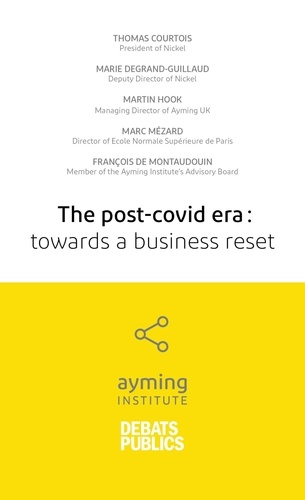
Actualité et médias
Performance post-crise
01/2021

Anglais apprentissage
LA VIERGE ET LE GITAN : THE VIRGIN AND THE GIPSY
02/1993
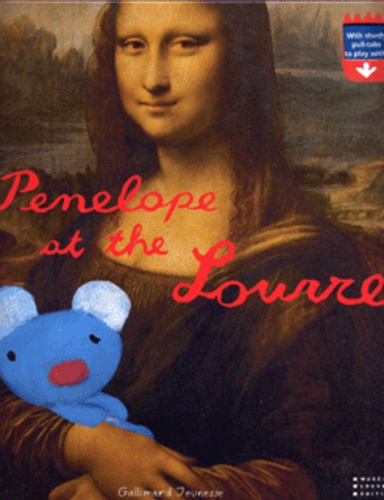
Livres 3 ans et +
Penelope at the Louvre
01/2009

Littérature française
Les inventeurs. Essai
02/2017

Monographies
Hilma af Klint. The Five Notebook 1
01/2022

Philosophie
«Phädon», or «On the Immortality of the Soul»
12/2006

Anglais apprentissage
A multitude of Sins. Richard Ford
11/2007

Mouvements artistiques
The Artist Helen Coombe (1864–1937). The Tragedy of Roger Fry's Wife
11/2023

BD tout public
The Bluecoats Vol. 15 - Bull Run. 15
02/2022

Shonen/garçon
Dragon Ball Full color Tome 2
05/2024

Science-fiction
The aumakua. The great white shark novel
09/2023

Sciences politiques
The Structure of Political Communication in the United Kingdom, the United States and the Federal Republic of Germany
11/1987

Histoire de France
CRASH IN BAYEUX - The Last Flight of Sergeant Ferguson
09/2014

Histoire internationale
On the Border - The Otherness of God and the Multiplicity of the Religions
01/1994

Histoire et Philosophiesophie
The Undergrowth of Science. Delusion, self-deception and human frailty
01/2000

Non classé
A Mirrour of Mutabilitie
01/1991

Histoire et Philosophiesophie
Thinking about Physics
01/2000
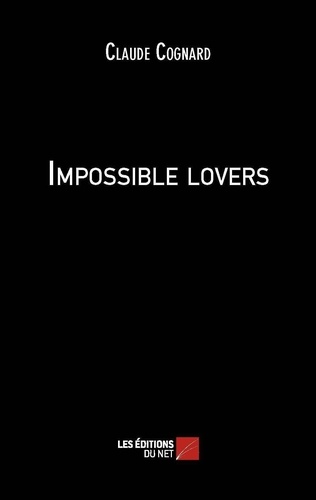
Théâtre
Impossible lovers
02/2013

Musique classique
Songs of Love. 12 Romances. 12 Lieder. Soprano (tenor) and piano.
12/2023

Non classé
Education and the Values Crisis in Central and Eastern Europe
05/1994

Policiers
Sandinista. Tome 3
11/2017
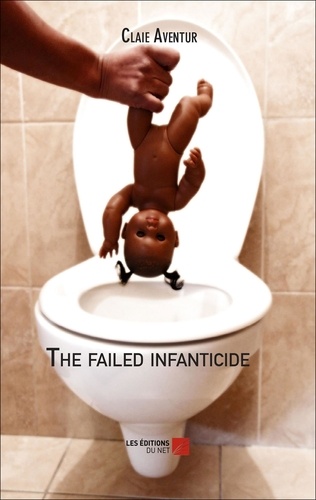
Critique littéraire
The failed infanticide
05/2014

Tourisme étranger
Moroccan tracks Volume 11. The sagho djebel
08/2022

Non classé
The Concept of Man in Igbo Myths
11/1999

Non classé
Experimental Social Dilemmas
12/1986
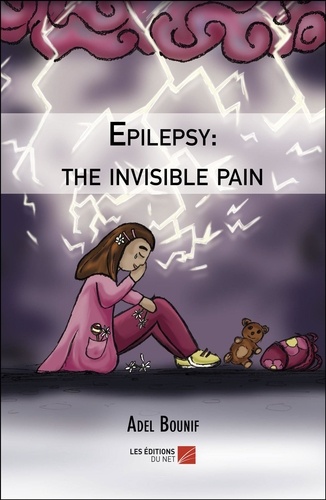
Poésie
Epilepsy: the invisible pain
01/2019

Informatique
Foundation Course for Advanced Computer Studies
11/2015

